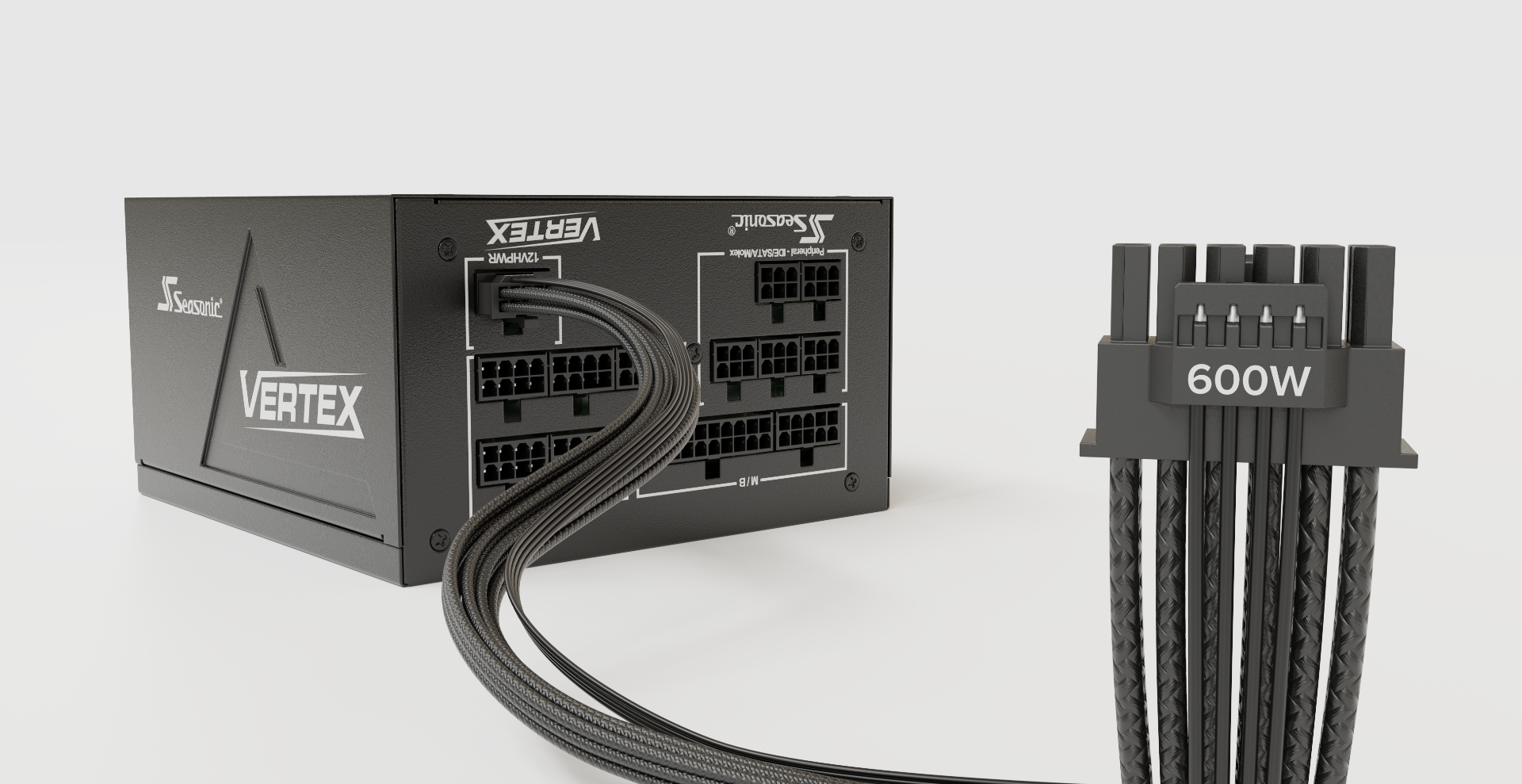In 2022, Intel introduced a major update for the ATX power supply design guide designated ATX 3.0 and this was in conjunction with the release of PCI-SIG’s PCIe Gen 5 standards. Part of the reason for this new ATX standard was to address the ongoing issues and potential future challenges posed by high powered graphic cards.
This new ATX 3.0 specification marks an important milestone for the ATX specifications and power supply manufacturers. In the past many years with the release of the high-end GPU and graphics cards, we have noticed a degree of incompatibility between the power supply and the VGA cards where under high load or usage, the VGA may spike the power draw (power excursion) which can then cause the power supply’s internal safety circuit to either reboot or shut down the power supply, thereby causing the system to reboot or shut down. This new ATX 3.0 standard addresses this issue of excursion power by requiring the power supply to withstand a power spike of up to 200 % of the power supply’s rated power for 100 μs.

Below we list some of the important updates introduced by the ATX 3.0 as noted by Dr. Aris Mpitziopoulos of HWBusters (www.hwbusters.com). You can find their article about ATX 3.0 directly here. For a more in-depth article about ATX 3.0, you can also refer to this article from Tom’s Hardware.
Some of the changes that the ATX 3.0 specification brings are:
- Electrical Performance and Improved Compatibility
- Increased tolerance for high power spikes, reaching up to 200% of the PSU’s rated power for 100 μs with Intel’s custom set duty cycle.
- There are some changes in low load efficiency. Above 60% is required for 10W or 2% of max-rated capacity, and above 70% is a recommendation now instead of a requirement.
- The power supply communicates with the graphics card about its power capabilities through sideband signals.
- Increased slew rates for transient loads (2.5 – 5x times higher for the +12V rail. They remain the same for the other rails)
- It is the first time the 12V rail can go up to 12.2V to allow for lower voltage drops with transient loads.
- Wider load regulation limits for the +12V rail (+5 to -8% on the PCIe connectors and +5 to -7% for the other connectors).
- There are some changes in the speed of the Power On signal to allow for faster response and the system’s wake-up, even when the rails are not at zero levels but somewhere in between.
- Efficiency and design requirements for Alternative Low Power Modes (ALPM), previously called Alternative Sleep Modes. One of them sets some limits to the standby rail’s efficiency.
- The labels on the PSUs should include T1 and T3 timings, among others. The role of these timing signals has been upgraded.
- Power supplies should be able to cycle on & off 175,200 times per year of their life without breaking.
- 12VHPWR (12+4 Pin) Connector
- A new 12VHPWR connector / cable for PCIe cards and peripherals that can deliver up to 600 W.
- The 12VHPWR should have a label printed on it showing the maximum power it can deliver.
- All power supplies with more than 450W max power should have a 12VHPWR connector.
- Finally, the most important of all is adding a new certification standard, Cybenetics, besides 80 Plus, which is in the references section.
In addition, here are excellent video resources that can provide further information about the ATX 3.0 specification and also to the new 12VHPWR connector and some of the issues that came with it:
Introduction video to ATX 3.0
12VHPWR cable testing
Please find our ATX 3.0 / PCIe 5.0 products as well as our cables here:








